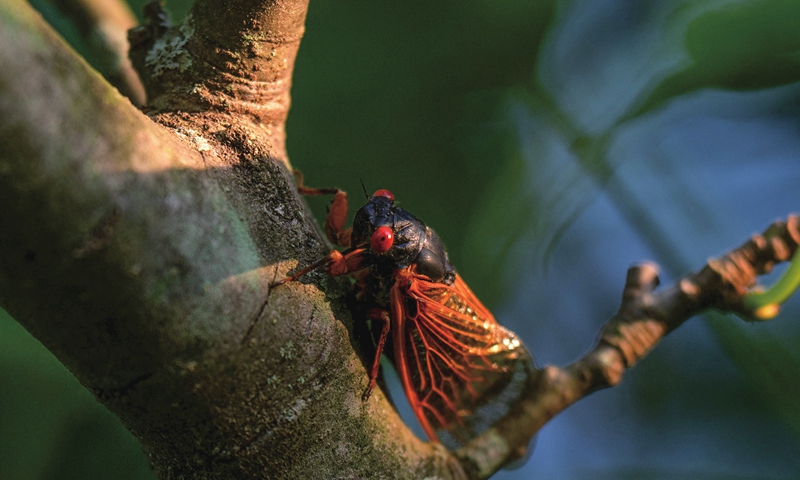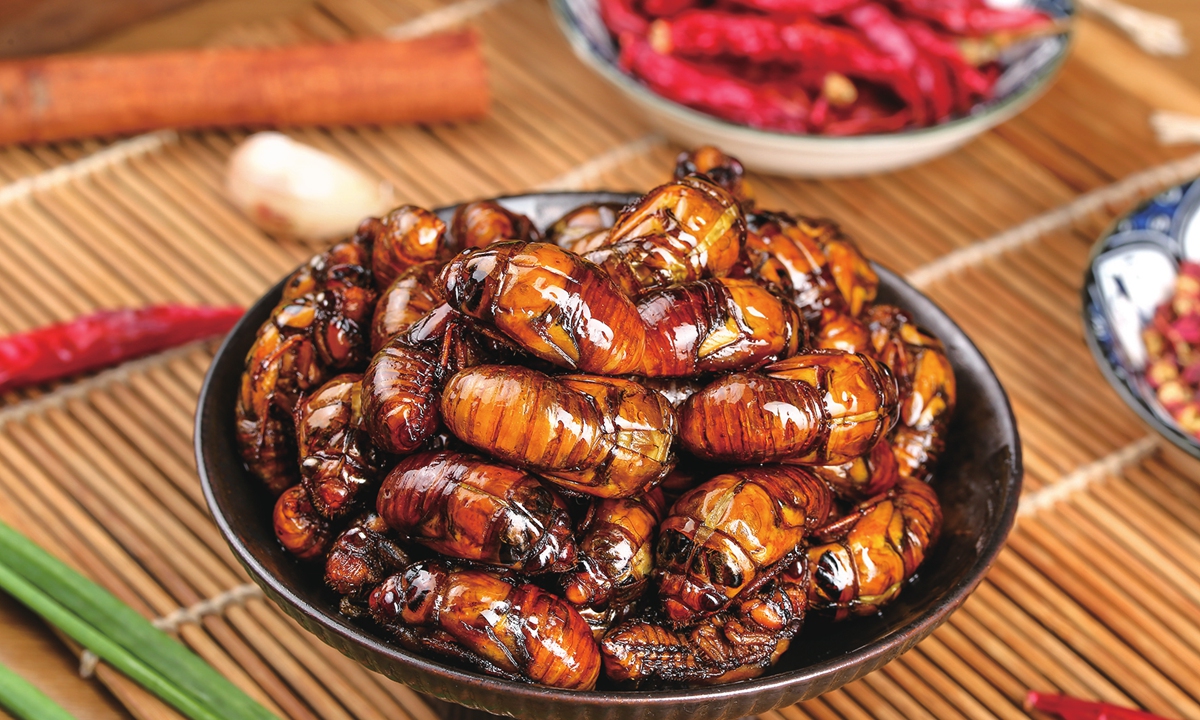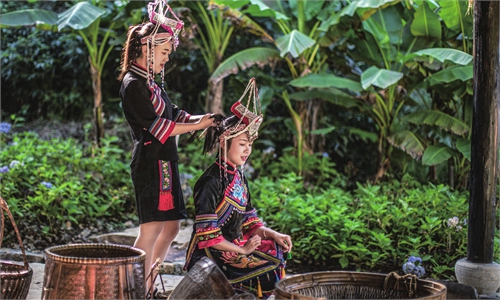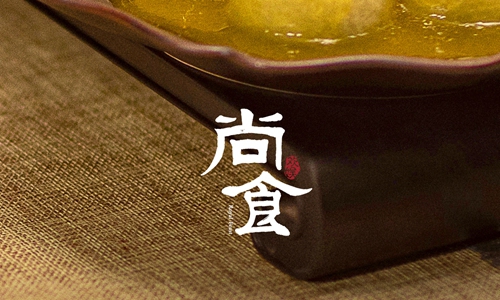ARTS / CULTURE & LEISURE
Cicada emergence in US states may be curbed by traditional tips

A cicada is seen in Smyrna, Tennessee of the US. Photo: IC
Recently, some states in the US have been dealing with a significant influx of cicadas. Multiple US media reported that two periodical cicada broods are appearing in a 16-state area in the Midwest and Southeast for the first time in centuries.
"Cicadas primarily damage woody plants through their piercing-sucking mouthparts and egg-laying organs. Many species are significant pests of fruit trees and other forest trees, often causing economic losses by slowing tree growth, causing branch dieback, or reducing leaf and fruit production in agriculture and forestry. The mass emergence of cicadas can lead to substantial damage to trees," Dr Hou Zehai at Beijing Forestry University told the Global Times.
"For some people, cicada chirping constitutes a form of noise pollution. Particularly during large-scale outbreaks, their loud chirping, which can reach up to nearly 120 decibels, ranks among the loudest sounds produced by insects worldwide," added Hou.
It is imaginable how significant the damage caused by up to 1 trillion cicadas in the US can be. However, what many foreigners may not know is that eating cicadas has a long history in China. In some areas, they are even considered delicacies and are part of the traditional cuisine.
While eating cicadas cannot eliminate the infestation, here are some tips on how to turn these insects into tasty treats, as practiced in China.
A centuries-old treat
In May 2013, the Food and Agriculture Organization (FAO) of the United Nations (UN) released a report titled Edible Insects: Future Prospects for Food and Feed Security, stating that more than 1,900 species of insects are edible worldwide, including ants, crickets, termites, and locusts, among which are cicadas.
While the idea of eating a worm, grasshopper, or cicada at every meal may seem strange, FAO says this has many health benefits. Insects contain protein, fat, and mineral contents. They can be eaten either whole or grounded into a powder or paste, and incorporated into other foods."
An article by the Time Magazine also gave the recipes for cooking cicadas, including air-frying, grinding the bugs up, and mixing the powder into bread.
China has thousands of years of history in eating cicadas. Records of this practice can be found in the Book of Rites in 300 BC when cicadas were considered a delicacy at royal banquets.
Furthermore, the practice was noted for its nutritional benefits such as improving circulation and alleviating various ailments, so it was often associated with traditional Chinese medicine.

The deep-fried and roasted cicada larvae are popular among food enthusiasts in the night market. Photo: VCG
Modern culinary practices
From ancient times to the present, cicada larvae have been widely enjoyed as a natural delicacy. Today, with the diversification of culinary culture, innovative methods of preparing cicada larvae continue to emerge. Whether through traditional deep-frying or contemporary spicy recipes, cicada larvae offer a unique gastronomic experience.
With the arrival of summer, cicada larvae have once again become a hot topic among food enthusiasts in night markets. These larvae, known scientifically as cicada nymphs, are a natural, high-protein, low-fat food source. They have long been a favorite among gourmands and now adorn the stalls of night markets, drawing crowds with their distinctive flavor and cultural significance.
In times of food scarcity, they not only added variety to the diet but also served as an important protein source. One of the most classic ways to prepare the larvae is to deep-fry them.
"Fresh cicada larvae are first washed and blanched in boiling water to remove impurities. They are then fried in hot oil until they turn golden brown, then they are seasoned with a pinch of salt and pepper. The resulting dish, with its crispy texture and unique aroma, is a perfect accompaniment to a cold beer," Li Yuxiong, the successor of the time-honored restaurant Li Ji Baishui Sheep Head told the Global Times, adding that this dish not only delights one's taste buds, but is also a nod to culinary history.
"Another popular method to cook cicadas is to stir-fry them with garlic, a simple yet flavorful home-cooked dish. A brief simmer allows the larvae to fully absorb the garlic and seasoning, resulting in a dish that combines the aroma of garlic with the tender texture of the larvae." Li said.
Cicada larvae are not only enjoyed in China but also in other East Asian countries like Japan and South Korea, where similar culinary traditions exist. Each culture brings unique cooking styles, but this small delicacy is appreciated by many.
Cicadas are not only a delicious snack, but they also play a significant role in traditional Chinese medicine. Legend has it that ancient herbalists considered cicadas a natural wonder due to their remarkable properties.
"Cicada nymphs are rich in high-quality protein, making them an excellent source to replenish the body's protein needs. Indeed, before the advent of modern nutritional supplements, cicada nymphs were valued as a natural protein powerhouse. Regular consumption of cicada nymphs can help boost immunity, stimulate the production of white blood cells and antibodies, and swiftly replenish energy levels," Wu Zhutang, a doctor of TCM told the Global Times.
Wu noted that in traditional Chinese medicine, cicada exuviae (the molted shells of cicadas) are highly prized as they are effective in treating colds, coughs, sore throats, skin itching, eye inflammation, and spasms.
It's also worth noting that some people are allergic to eating cicadas due to their high protein content, which can trigger immune responses similar to other food allergies like those to peanuts or seafood. The exoskeletons of cicada pupae contain chitin, also found in shellfish, making them problematic for those with shellfish allergies.



